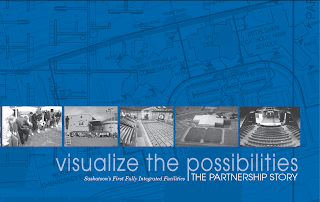Killer Web Content: Trains, Tickets, Toilets
I magine you are on the escalator in a train station. As you scan the signs, there are only three that really matter – Trains, Tickets and Toilets. In Killer Web Content , Gerry McGovern recommends keeping this in mind as you develop the content for your website. Website readers want very clear messages that directly meet their core needs. For example, McGovern compares the content that different groups hope to find on an educational website. Government officials were looking for reports and policies. Teachers were looking for lesson plans. Parents were looking for information about how the schools would support and protect their children. McGovern believes that you can’t satisfy everyone. You need to identify your primary audience, find out what really matters to them – what they care about – and then develop your web content accordingly. “Don’t fall into the trap of assuming that, just because you passionately care about something, your customer will. This is one of the biggest ...








